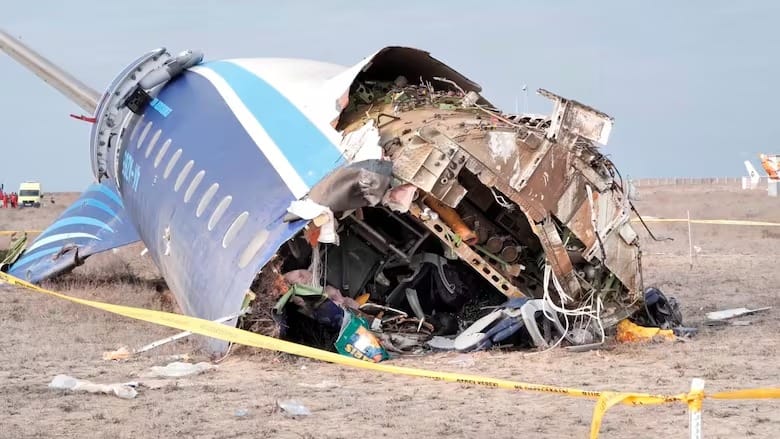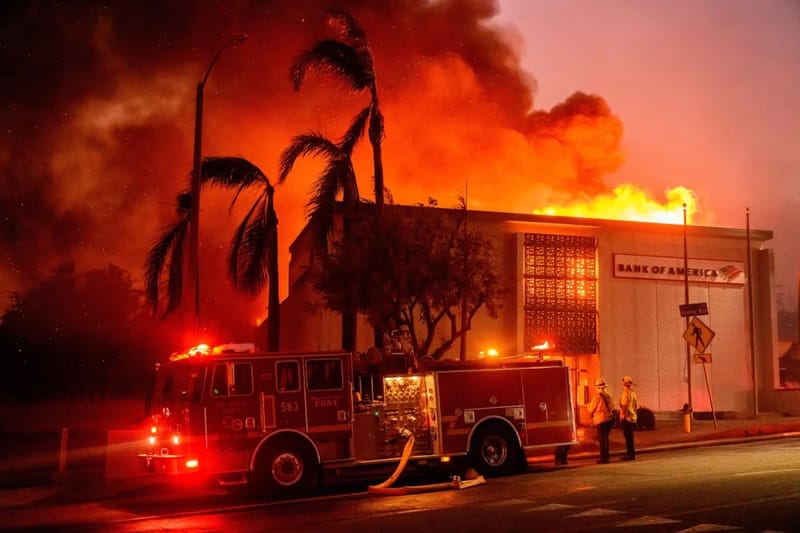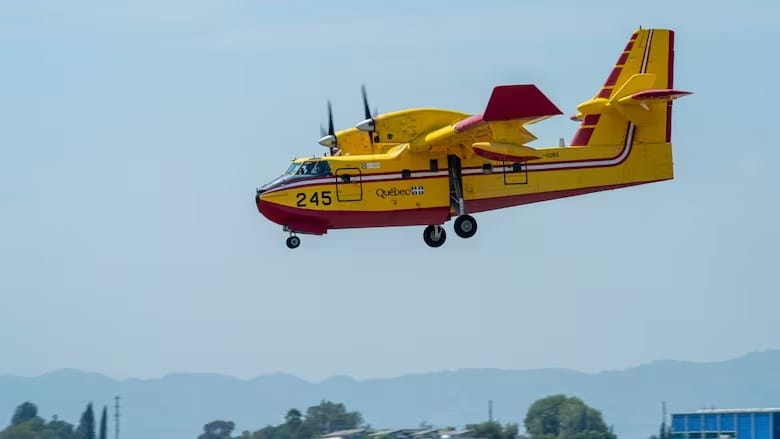What we know so far about the Azerbaijani airline crash that killed more than 30 people
Kremlin cautions against speculation that plane came under fire from Russian air defence system

An Azerbaijani airliner heading to Russia crashed in Kazakhstan on Wednesday after being diverted, resulting in the deaths of 38 of the 67 people on board. Some experts have suggested the plane may have been struck by Russian air defense systems before going down.
Here’s what is known so far:
How did the plane crash? The Azerbaijan Airlines Embraer 190 was traveling from Baku, Azerbaijan, to Grozny, Russia, when it was diverted for unclear reasons. The plane crashed while attempting to land in Aktau, Kazakhstan, after flying eastward across the Caspian Sea.
The crash occurred near the coast, about three kilometers from Aktau, with cellphone footage showing the plane making a steep descent before hitting the ground and exploding into a fireball. Rescuers rushed 29 survivors, including two children, to nearby hospitals.
Azerbaijan’s Reaction Azerbaijan observed a national day of mourning on Thursday, with flags lowered and a nationwide moment of silence at noon. President Ilham Aliyev expressed condolences, stating that while it was too early to determine the cause of the crash, the weather had forced the plane to alter its course.
“The information provided to me is that the plane changed its course between Baku and Grozny due to worsening weather conditions and headed to Aktau airport, where it crashed upon landing,” he said.
What Do Officials and Experts Say About the Cause? Authorities from Kazakhstan, Azerbaijan, and Russia have launched investigations into the crash. Embraer, the aircraft’s manufacturer, offered assistance to relevant authorities.
Russia’s civil aviation authority, Rosaviatsia, reported that preliminary information suggested the plane was diverted due to a bird strike, leading to an onboard emergency.
However, some experts have raised concerns about the possibility that the plane was hit by Russian air defense systems. Mark Zee of OPSGroup, which monitors global airspace risks, stated that analysis of the plane's debris strongly suggests it was struck by a surface-to-air missile.
Osprey Flight Solutions, a UK-based aviation security firm, also warned that the plane might have been shot down by a Russian air-defense system. Osprey CEO Andrew Nicholson noted that the company had issued numerous alerts about potential risks posed by drone attacks and air defense systems in Russia amid the ongoing conflict.
In Azerbaijan, an online publication claimed that the airliner was struck by a Russian Pantsir-S air defense system as it neared Grozny. The report questioned why Russian authorities didn’t close the airport despite a nearby drone attack and why they didn’t allow the plane to land at Grozny or other Russian airports after it was hit.
Kremlin spokesperson Dmitry Peskov declined to comment on these claims, stating it would be inappropriate to speculate before investigators reach their conclusions. Similarly, officials in Kazakhstan and Azerbaijan have refrained from commenting on the potential cause, emphasizing that the investigation will determine the facts.





